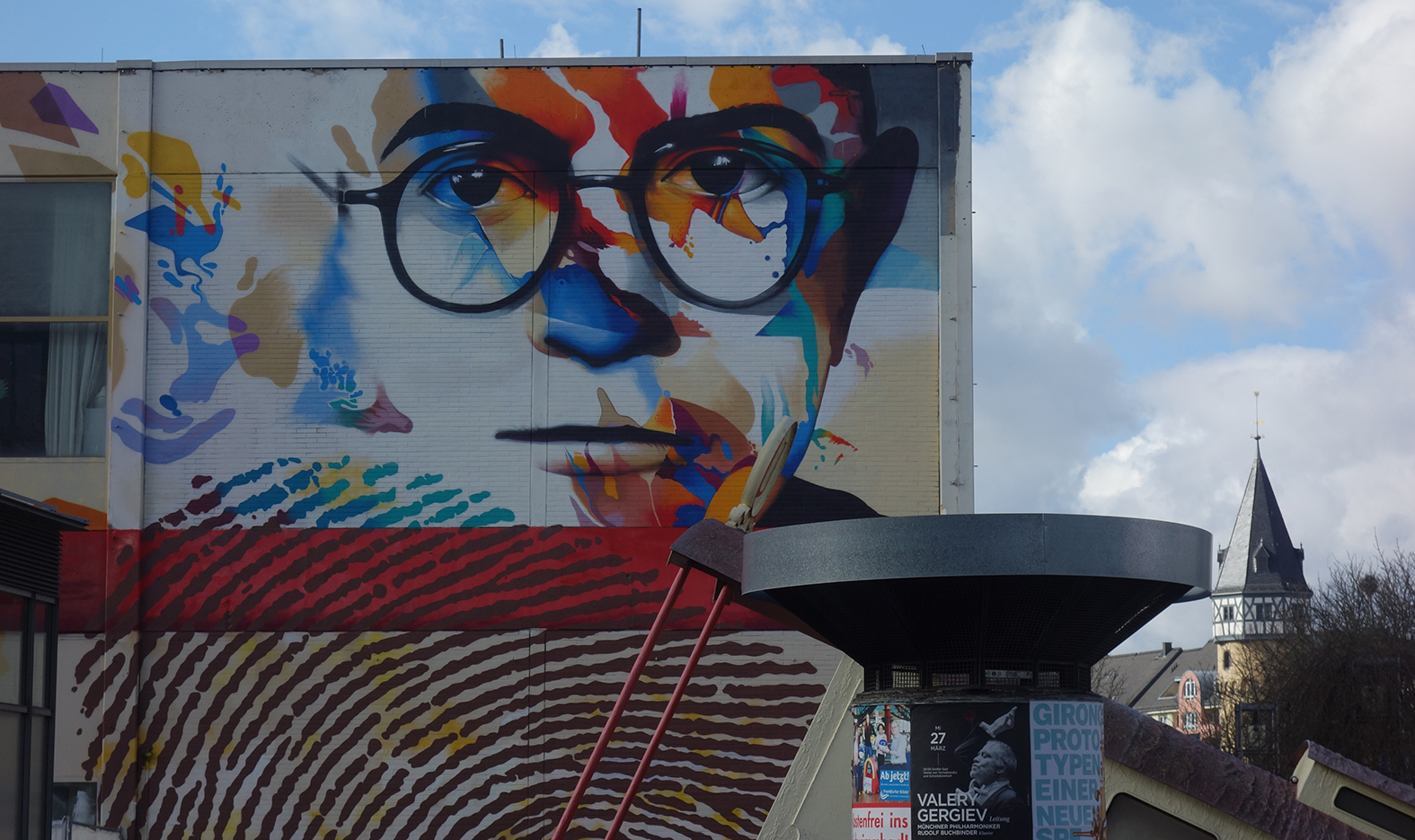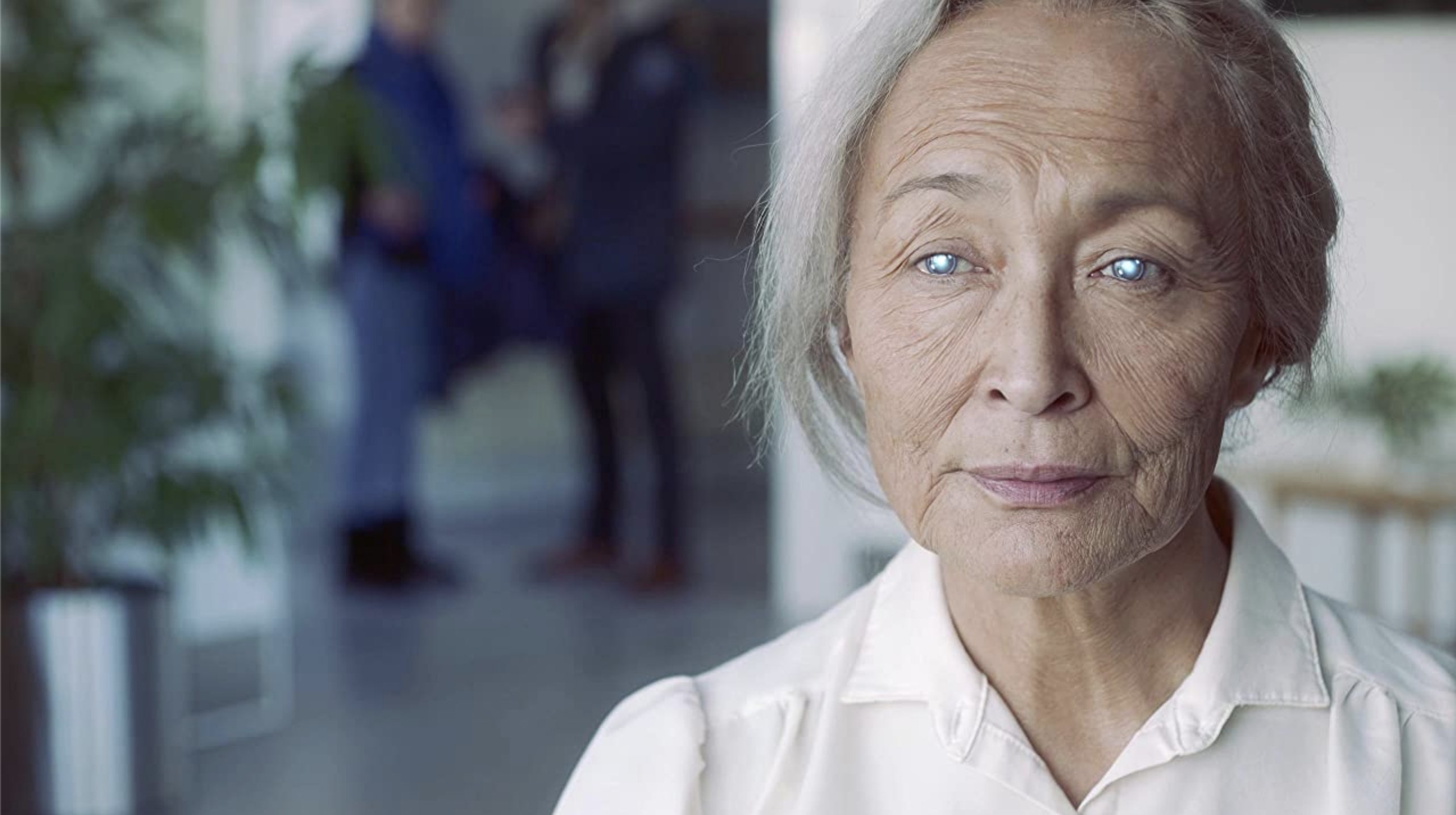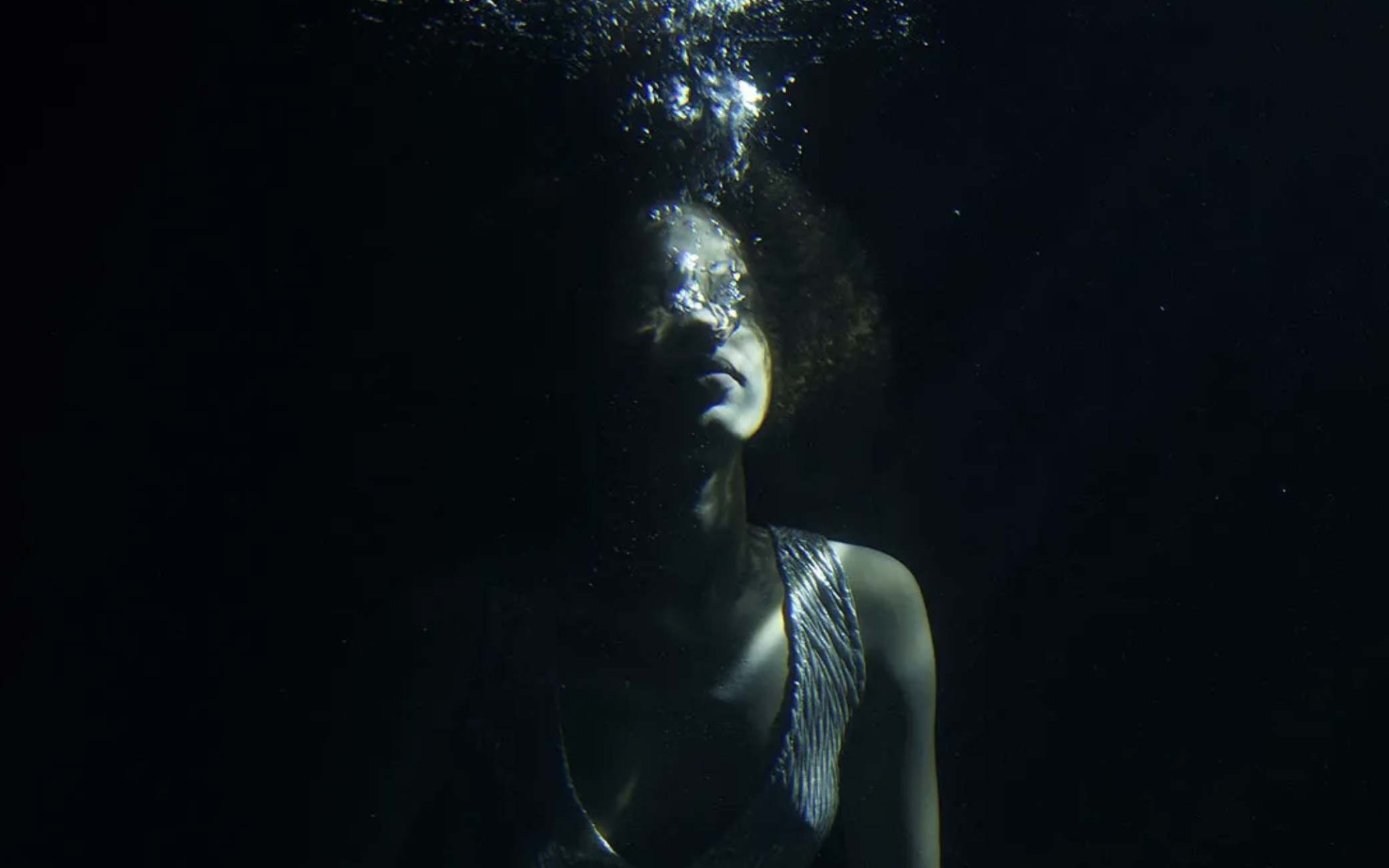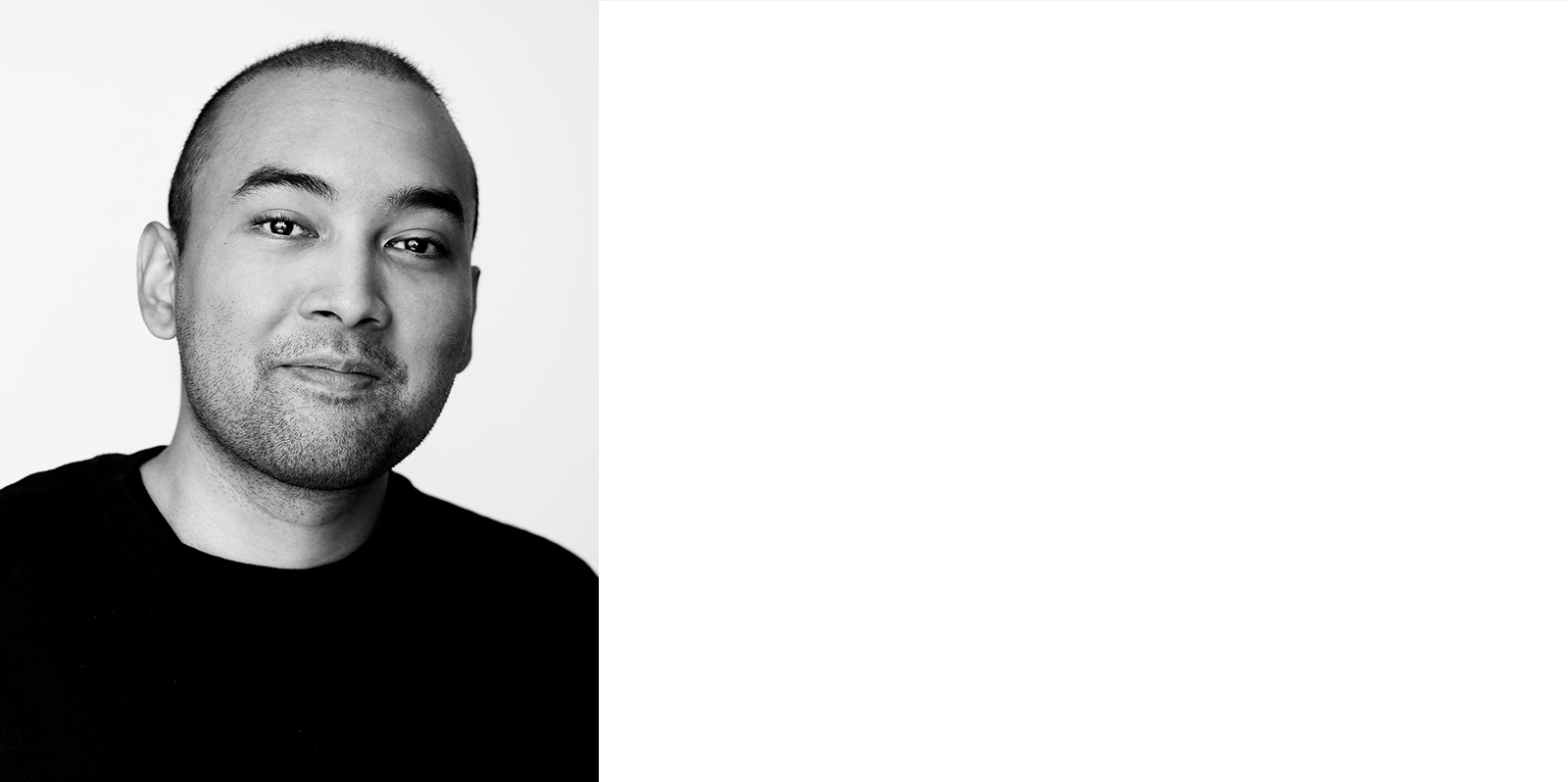The Soft Power of Film
Investing in critical arts-based enquiry, research and storytelling is crucial to the future of the arts. Our inaugural ANAT Emerging Writer Series launches with a series of five features by newly appointed ANAT Arts Administrator and emerging writer Aushaf Widisto. Surveying SPECTRAvision, Aushaf continues by introducing Episode 4: Future Cultures.

KāLEWA, 2018 (still) Written and Directed by Mitchel Viernes – Kama’aina, 15 mins.
SPECTRAvision Episode 4: Future Cultures
Future Cultures, the 4th episode of SPECTRAvision, features eight extraordinary short films curated by Tony Briggs and produced by Damienne Pradier for Typecast Entertainment. Hailing from all over the globe, and highlighting diverse perspectives from First Nations and communities of colour, these films extrapolate our pasts and presents to (fore)tell stories about our possible futures.
Some people treat films as a medium of entertainment, and nothing more. Yet, I’ve always had a different thought. By showing us what’s possible, films–especially speculative films, like the ones in Future Cultures–enable us to bend our collective destiny. They help us imagine what’s yet to happen, what paths are available to us, and which ones will lead us to glory or ruin, or the destinations in between.
Ignited by Future Cultures, I’d like to share my thoughts on how films shape our individual beliefs and ways of life, as well as our common culture and history as a species.
Cultural Production & The Culture Industry
Where do our cultures come from? They don’t just pop out of thin air. Some people made them, and we call these people “cultural producers,” more commonly known as “artists.”
They’re called cultural producers because, quite literally, they produce our culture. They chronicle our history in literature, capture our likeness in paintings, enact our tales in dances, depict our lives in films, and record our emotions in songs. What we read, see, and listen to are then proliferated and perpetuated until they become part of our very existence.
Sounds too grandiose? It’s really not. Such is the power of artists, of cultural producers. What they make, makes who they are, makes who we are, makes who we could be. Much like history’s greatest philosophers, scientists and technologists; the work of artists has brought our civilisation to where we are today. And they will, in turn, pave the paths to our futures.
Naturally, Uncle Ben’s maxim comes to mind: “With great power comes great responsibility.” Spider-Man fans among you would find that quote painfully cliche, but it’s nevertheless true. With the immense potential that culture carries, it must be accompanied by a degree of conscientiousness and responsibility.

Theodor Adorno mural in Frankfurt. Licensed under CC BY-SA 4.0
Expressing this very concern, German philosophers Theodor Adorno and Max Horkheimer wrote in Dialectic of Enlightenment (1944) about the dangers of the culture industry. They contend that industrially produced culture robs people of their imagination and overrides their individual thinking. It risks commoditising and reducing the value of culture into a purely economic measure, pushing its social, psychological, and spiritual benefits to the sidelines.
French sociologist Pierre Bourdieu once echoed a similar sentiment. He wrote in On Television (1996), discussing the impact of market pressure on cultural production: “[…] historically, all of the cultural productions that I consider (and I’m not alone here, at least I hope not) the highest human products—math, poetry, literature, philosophy—were all produced against market imperatives.”
This isn’t to say that artists shouldn’t think about money, but while economic concerns are as valid as any other, harmful things happen when it becomes the sole concern. When a person does their work for the wrong incentives, the story never ends well. An irresponsible, avaricious artist can be as detrimental to society as an irresponsible scientist or technologist.
It can’t be overemphasised: The culture that we produce, produces our society. Repeated often enough and long enough, it becomes a self-fulfilling prophecy that determines our future.
It’s especially true with films.
The Soft Power of Film
Cultural influence has long been thought of as a significant example of “soft power” – the ability to shape others’ preferences through appeal and attraction, as opposed to coercion.
The thing is, the adjective “soft” is somewhat of a misnomer because it suggests frailty and flimsiness. That’s not the case at all. Especially today, when our world is all too driven by branding, storytelling, and communications. Those who command the greatest cultural influence control the world.
Film, in my opinion, is one of the most potent cultural products that’s ever existed, in terms of influence. I reckon it’s fair to assume that the USA owed a large part of its influence to Hollywood movies. Same thing with South Korea and their K-Dramas, or Japan with their Anime.
But how could film be so powerful? On one level, the reason is quite simple: Film is the combination and culmination of all other art forms–writing, music, visual arts, performing arts, and so on. It’s like these art forms, which are themselves potent individually, are fused to form a hyper-potent amalgam.
Furthermore, this potential has been magnified by the advent of streaming platforms. We’ve all heard of the “Netflix effect,” and seen how it has catapulted actors, products, or brands to worldwide fame overnight. For instance, the sales of chess sets skyrocketed following the release of The Queen’s Gambit, and many classic songs gained millions of streams after being featured in Stranger Things. Other than the sheer reach of the Netflix platform, this level of influence is also inherent to the film form itself.
Life imitates art, and film is the art form that’s easiest to imitate in real life. What you watch influences how you talk, walk, dress, behave, and think; whether consciously or subconsciously. You’re more receptive and imitative than you realise, you know? So am I. So is everybody else.

UPDATED, written and Directed by Nivi Pedersen, 17 mins, 2020.
The Futures We Wish For (and Against)
While the eight films screened at Future Cultures may not have enjoyed the same reach as Netflix shows (yet), they’re influential simply by virtue of being films. No matter how many or how few, those who watch them are bound to be influenced. This is how they’ve influenced my thoughts.
To me, these eight films depict futures we wish for and those we wish against. They portray worlds that are both utopian and dystopian, desirable and detestable. Lives that are as convenient as they are decadent. Stories that are as frightening as they are hopeful.
Among the eight, my favourite is Updated (2020), a story about the betrothed Miilu and Arnannguaq. They argue if Anna, Miilu’s mother, should attend their wedding. Anna is suffering from dementia, and has a surveillance tech implanted in her to manage it. When an update was installed to the implant, it malfunctioned, and… let’s just say Updated reminds me of Black Mirror a lot. It’s a future where familial love is still our greatest strength, and overreliance on technology is still our fatal flaw.
And then there’s Kālewa (2018), the story of Hawaiian astronaut Kainoa Kalewa. The film alternates between two timelines: Kainoa’s voyage in space and a flashback of his last day on Earth. In these two sequences, we experience Kainoa’s predicament as he reconciles his memories of the family he left behind and his dreams of leading humanity’s ascent to the stars. In a future where the few matter as much as the many, would you leave your family to fulfil the hopes of your species?
Next is File Under Miscellaneous (2010), which I think is the most gruesome entry on this list. In a dystopian future, a Mi’gMaq man visits a surgical clinic, seeking a procedure to scrap his red skin and assimilate into the ruling culture. It’s a strong commentary on our present ordeal with racism and racial supremacy. Even with all of mankind’s advancements, some things can’t seem to change. There’s still a future where something as trivial as skin colour persists in distorting our worldview.

Dark Matter, written and directed by Adeyemi Michael, 5 mins, 2019. Photograph Richard Dixon.
Dark Matter (2019) presents a much preferable path. This sci-fi story illustrates the concept of dark matter through the unseen presence of blackness. Unlike other types of matter, dark matter doesn’t absorb, reflect, or emit electromagnetic radiation; and thus is difficult to detect. The fact that it’s dark is its most prominent characteristic. Isn’t it fascinating, how most of the universe is made of something we can’t see at all? If something this essential eludes our vision, what else are we not seeing? It’s a hopeful future, where we’ve finally realised and appreciated the brilliance of blackness.
Other than these four, Future Cultures also screened The Cave (2009), Wakening (2013), She Falls for Ages (2016), and Reclamation (2018); each one a remarkable story in its own right. They’re all inspired by Indigenous tradition, illustrating futures that are anchored in ancient wisdom. I can’t help but think that there’s a good reason these tales survived for so long. Perhaps, the key to our tomorrow lies in our yesterday. Perhaps, the answers we’re looking for have been with us all along.
Culture // Control
Chuck Palahniuk, the author of Fight Club, once said: “[…] the first step to controlling your world is to control your culture. To model and demonstrate the kind of world you demand to live in. To write the books. Make the music. Shoot the films. Paint the art.”
Culture is control. It often doesn’t feel like it, but it is. Soft power is really not soft at all – that’s why the culture industry is so dangerously powerful: By producing culture, we’re producing our society, our world, our future. Every book we write, every song we compose, every film we shoot is a vote on which futures we want to realise, and which ones we want to keep from realising.
Humanity’s past is littered with painful realities, like colonisation, oppression and persecution. There’s no place for such things anymore. There should never have been. It’s time to give a voice to the voiceless–to let those who were marginalised in the past be the sovereign of their own futures.
And we can start by telling the right stories.
ANAT would like to acknowledge our Curatorial Circle who walked alongside David Pledger: Alex Kelly, Nina Sellars, Tony Briggs, Robert Walton and Zena Cumpston, and our producing team, SPECTRAvision Producer, Dearna Newchurch, SPECTRAlive producer, Madeleine Collie, and producers Zamara Robison, Damienne Pradier (Typecast), Sophia Marinos and Robbie McEwan (The Things We Made Next).
ANAT SPECTRA 2022 was proudly presented by the Australian Network for Art and Technology (ANAT) in partnership with the Science Gallery Melbourne and Faculty of Fine Arts and Music, University of Melbourne and together with program partners The Things We Did Next (TTWDNext), Typecast Entertainment, RMIT University and Leonardo.

Aushaf Widisto, Emerging Writer and ANAT Arts Administrator
ANAT Arts Administrator Aushaf Widisto is an emerging writer and researcher from Indonesia. His writing has been featured in numerous publications across the web, both under his real name and pen name Adam Erland. After joining ANAT on an internship program, Aushaf begins his new part-time role as ANAT’s Arts Administrator in July 2022.
Having received a Bachelor of Urban & Regional Planning from Institut Teknologi Bandung and a Master of Cultural & Creative Industries from Monash University, Aushaf’s goal is to leverage arts and culture to create better cities and communities. Outside ANAT, he also works as a Research & Communications Assistant at Creative Economy. Previously, Aushaf worked with Asialink Arts.